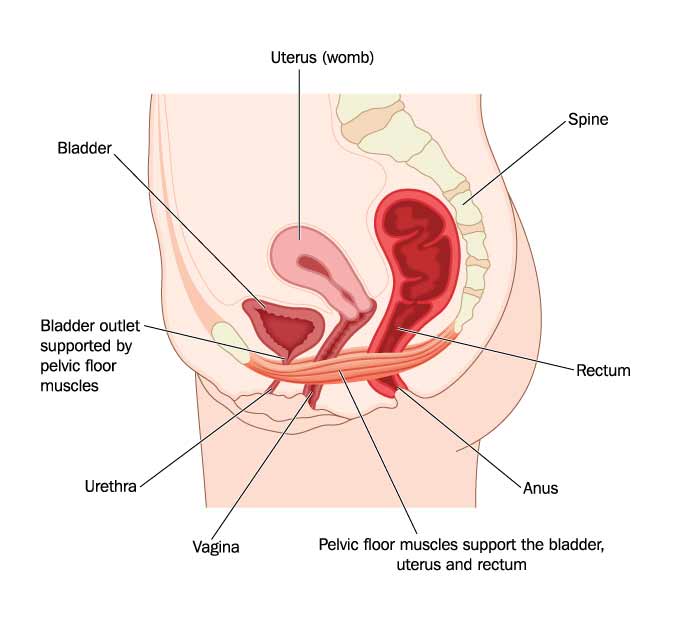General Information
You may have been scheduled or looking for information on a surgical procedure called a Sling Pelvic Floor Repair or Sling Surgery for short. The purpose of this procedure is to compress the urethra and reposition the base of the bladder back to the normal anatomic position. If you are incontinent, or having difficulty emptying your bladder before the surgery, the goal will be to make you continent and to allow you to void with ease.
A State-of-the-Art Solution to Incontinence
The Sling is a state of the art procedure designed to prevent urinary leakage. The supporting material is made out of synthetic material used in suture. This graft is non-allergenic and free from transmissible infections. The procedure is done through the vagina. You will have absorbable sutures in the vaginal canal which dissolve over a six week period.

Post-Op Care & Symptoms
Following the sling surgery, the vagina will be packed with antibiotic gauze. You may have some small puncture sites along your groin creases. Also, a catheter may be placed in your bladder. It will drain through your urethra in the vaginal area. The nurses will instruct you on when to have the gauze or catheter removed. Because of swelling from the surgery you may not be able to urinate immediately following removal of the catheter. After some of the swelling has subsided, normal urinating will gradually return. Until this occurs you may require a catheter for additional days. You will receive a prescription for antibiotics that will prevent urinary infections.
Vaginal Drainage: Vaginal soreness is normal for several weeks following the surgery. It is normal for you to have small amounts of drainage, including red drainage anytime up to 6-8 weeks following the surgery. (Always notify the office for large amounts of red drainage.) You may notice sutures vaginally or passing with vaginal drainage or urine. These are the dissolvable sutures and this is a normal finding.
Other normal Post-op Symptoms: It is normal for some women to experience frequency, or a sense of pressure or urgency to urinate post operatively. This is caused by spasms of the bladder. Spasms may result from bladder irritation following the surgical procedure. Spasm may cause some incontinence associated with or without urgency. The return of normal urine flow will occur naturally. If you experience discomfort that is not relieved by medication, please call our office. Notify our office if you are having trouble with urgency and/or incontinence beyond the first several weeks following the catheter removal.
